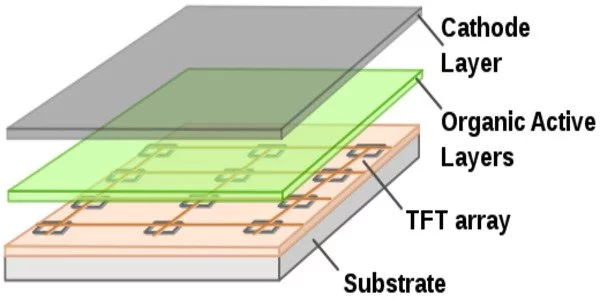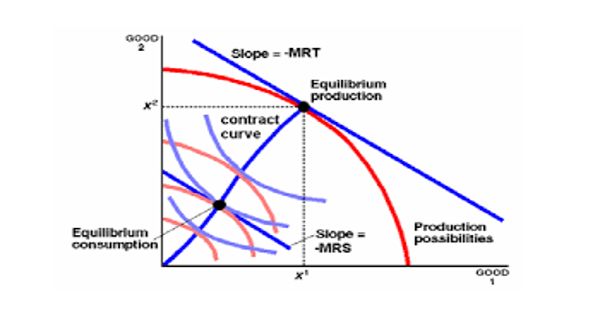Active-Matrix OLED (AMOLED) is a type of display technology used in many modern electronic devices, such as smartphones, tablets, and televisions. It is a type of display technology that is used in mobile devices, digital cameras, media players, and televisions. It is a type of OLED (Organic Light-Emitting Diode) display that uses a thin-film transistor (TFT) backplane to control the individual pixels on the screen. It addresses pixels using an active matrix and a type of thin film technology in which organic compounds form electroluminescent material. AMOLED is an abbreviation for active matrix organic light emitting diode.
In an AMOLED display, each pixel consists of a tiny organic material that emits light when an electric current is passed through it. The TFT backplane is used to control the amount of current that is sent to each pixel, allowing for precise control over the brightness and color of the display. The pixels in an AMOLED display are integrated with or deposited into a thin film transistor (TFT) array. OLED technology is essentially an LED with an emissive electroluminescent layer made of organic compounds. The organic compound makes use of light that is generated in response to the passage of an electric current.
AMOLED displays are known for their deep blacks and vibrant colors, as each pixel can be turned on or off independently, allowing for excellent contrast ratios. They also have fast refresh rates, making them well-suited for use in fast-paced applications like gaming.

There are a few different types of AMOLED displays, including Super AMOLED and Super AMOLED Plus, which are developed by Samsung and are known for their high resolution and excellent outdoor visibility. Other companies, such as LG and Google, also use AMOLED displays in their products.
TFTs function as switching devices, actively maintaining the pixel state while addressing other pixels. The two most common TFT backplane technologies are non-crystalline thin-film silicon and polycrystalline silicon. These technologies aid in the fabrication of active matrix backplanes for flexible plastic substrates. Flexible plastic substrates are critical in the production of flexible AMOLED displays.
Advantages
AMOLED technology has a higher refresh rate than passive-matrix technology and uses less power. This advantage gives it a competitive advantage in the manufacturing of mobile devices. Other advantages are:
- Higher perceived luminance.
- Higher contrast ratio, although reading in direct sunlight may pose a problem.
- Wider viewing angle compared to conventional displays.
Disadvantages
One significant disadvantage of AMOLED is the short lifetime of the organic compound used. After 14,000 hours, the brightness of the blue OLEDs is reduced to half. In comparison, conventional LCDs typically dim to half after 25,000 to 40,000 hours.
















